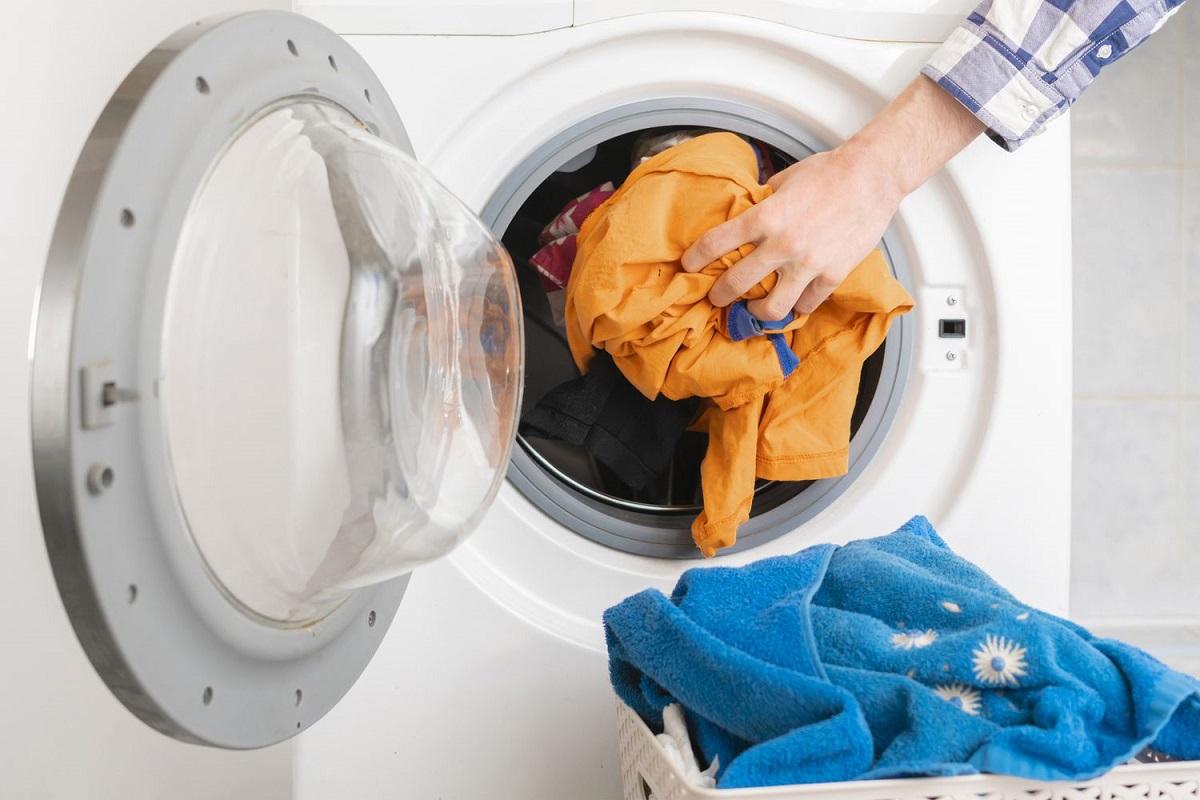Getting your laundry clean while protecting your clothes and washing machine can be a balancing act. Overloading the washing machine is a common mistake many make, cramming in as many clothes as possible. But an overstuffed washer can lead to damage, excess wear, and poor cleaning results. On the other hand, underfilling the machine wastes water and electricity. So what’s the right amount to load for optimal washing? Follow these tips to find the perfect level for any type of washing machine.
Check Manufacturer Recommendations
Your washing machine’s user manual is the best place to start for load size guidance. Here you’ll find details like:
- Drum capacity – This specifies the maximum volume the tub can hold.
- Maximum load weight – Don’t exceed the recommended weight even if there’s empty space. Overloading by weight stresses the machine.
- Guidelines by cycle – The max load weight can vary based on the wash cycle selected. Gentler cycles may have lower limits.
Take the time to look up the details for your machine and laundry cycles. When in doubt, err on the side of less weight. You can always do multiple smaller loads to avoid overloading.
Weighing your clothes is the most accurate way to prevent exceeding the max weight. Use a bathroom scale if you don’t have a dedicated laundry scale. Just be sure to subtract the weight of the empty basket or bag first.
The Hand Test for Top Loaders
For convenient on-the-spot loading advice, use the “hand test.” Once your top loading washing machine is loaded up, try to slide your hand sideways between the pile of clothes and the top of the drum.
- If your hand fits in with a bit of wiggle room, you have the perfect amount of clothes.
- If you can only lay your hand flat against the pile, it’s overloaded.
- If you can’t even flatten your hand on top, it’s way over full.
The hand test accounts for the extra space clothes need for proper circulation and cleaning. Adjust the load until your hand slides in comfortably.
Filling Front Loaders
Front loading washing machines are designed a bit differently. Instead of an agitator in the middle, the drum spins to tumble clothes.
Check for a set of holes around the inside edge at the front of the drum. These allow water flow during the wash cycle.
When loading a front loader, pile clothes up high inside the drum. But be sure not to cram them past the front row of holes closest to the door. Keeping these open prevents blockages that impede cleaning.
Signs of an Overloaded Washer
How can you tell if you’ve exceeded the maximum fill level? Watch for these telltale signs of an overloaded washing machine:
- Clothes come out still dirty – Overcrowding prevents proper cleaning.
- Excess detergent residue – Too many suds leave sticky residue behind.
- Tangled “snakes” – Clothes knot up and detergent can’t penetrate.
- Machine stops mid-cycle – Safety mechanisms may engage and shut it down.
- Off balance loads – The washer “walks,” vibrates violently, or is noisy.
If you notice these issues, immediately reduce load sizes to resolve the problem. Continuing to overload the machine will lead to bigger problems down the line.
Consequences of Overloading
What actually happens when you overload a washing machine too often? Here are some of the most common effects:
- Premature wear on fabrics – Overcrowding causes excess pulling and friction.
- Repeated washing cycles – Unclean clothes must be washed again, wearing them out quicker.
- Stains not fully removed – Detergent can’t fully penetrate packed clothes.
- Damaged equipment – Bearings and shock absorbers wear out sooner.
- Leaks – The added weight strains hoses and seals.
- Higher utility bills – More wash cycles use extra electricity and water.
Repairing or replacing a damaged washing machine is costly. Avoiding overloads is well worth the investment of doing more small loads.
Underloading Your Washer
On the other end of the scale, underfilling your washing machine also wastes water and energy. With too few clothes, the drum can’t maintain balance during spins.
The violent shaking and loud banging are not only annoying, but over time can damage the equipment. Water valves and seals may weaken faster under the strain.
For very small loads, check if your washing machine has a setting for half loads. This appropriately scales the water usage down.
You can also add items like towels to fill excess space if you have no other clothes to wash. Just be cautious not to go over the weight limit.
When to Use Half-Load Settings
Washing machine half-load settings are ideal when:
- You just have a few small items to wash – Saves water for light loads.
- There’s empty space even after hand test – Allows you to add more without overfilling.
- Washing delicate or special care items – Lowers agitation for fragile fabrics.
Get to know when your washer offers half-load or mini-load cycles. Refer to the manual or play around with the settings to find this option.
By optimizing load sizes in your washing machine, you benefit in multiple ways. Your valuable clothes and linens last longer. Your equipment stays in great condition for years of dependable service. And you reduce unnecessary water and electricity usage. Take a few extra moments to load properly, and enjoy better wash results for less.

